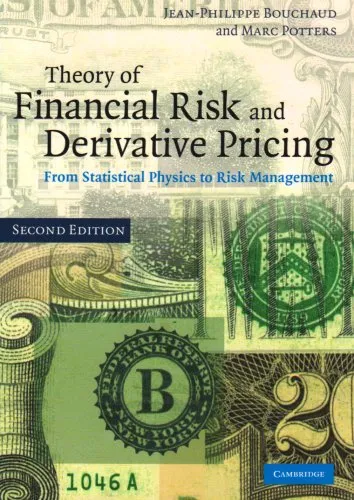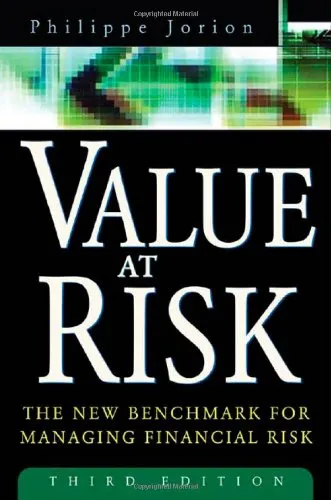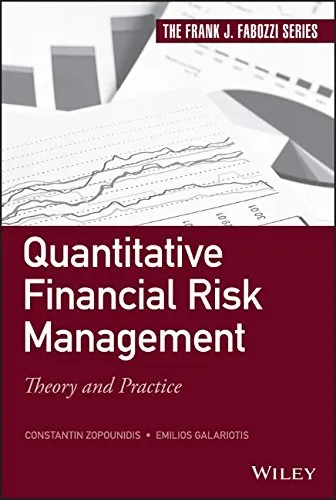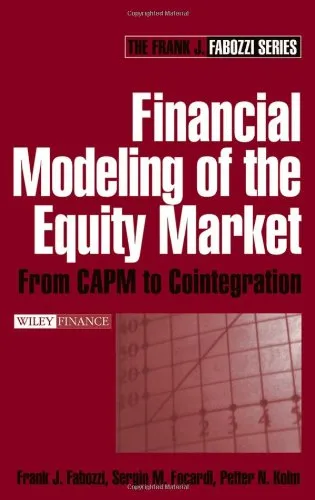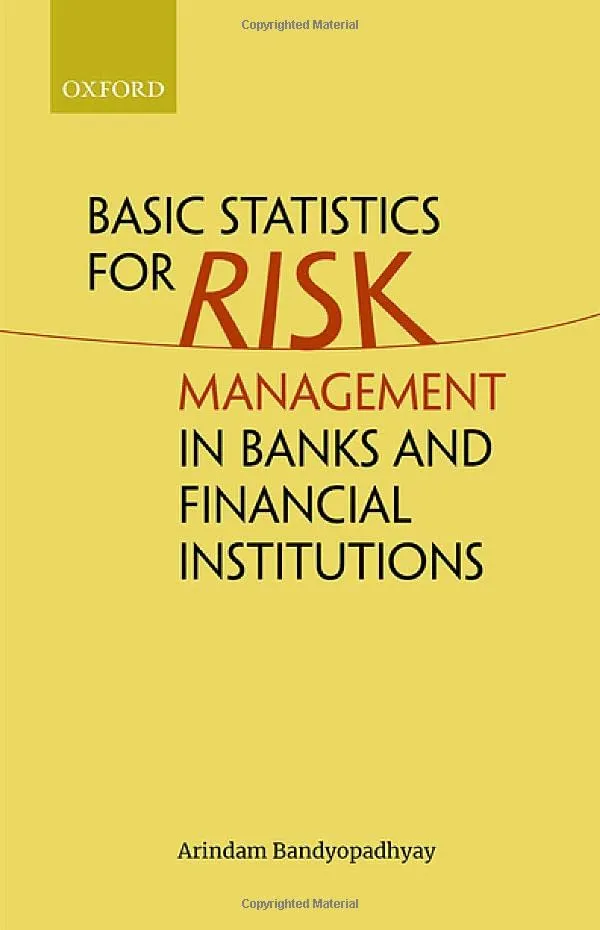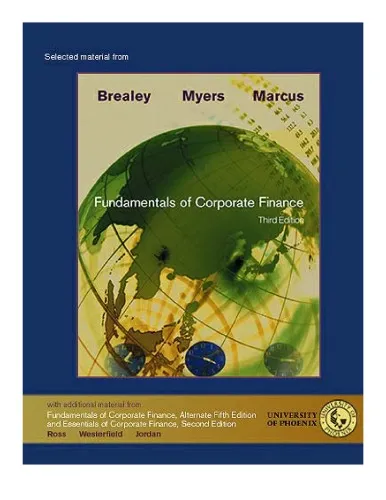Theory of Financial Risks: From Statistical Physics to Risk Management
4.5
Reviews from our users

You Can Ask your questions from this book's AI after Login
Each download or ask from book AI costs 2 points. To earn more free points, please visit the Points Guide Page and complete some valuable actions.Related Refrences:
Introduction to "Theory of Financial Risks: From Statistical Physics to Risk Management"
This book demystifies the complex world of financial risks by applying concepts from statistical physics, providing a fresh perspective on risk management.
Detailed Summary of the Book
The "Theory of Financial Risks: From Statistical Physics to Risk Management" is a profound exploration into the intricate world of finance where the dynamics are often unpredictable and fraught with uncertainties. Written by Jean-Philippe Bouchaud and Marc Potters, this book introduces a crossover approach that integrates principles of statistical physics with financial risk analysis. The authors meticulously bridge the conceptual frameworks of physics and finance, offering readers an innovative lens through which to analyze market fluctuations and risk factors.
The book is structured to first lay groundwork with the basics of statistical tools and methodologies used in physics. It then gradually transitions to their application in financial markets, exploring how these methods can yield insights into price movements and risk assessment. Tackling subjects such as random walks, scaling, extreme events, and correlation matrices, the authors demonstrate how these concepts, which have historically been fundamental in physics, apply remarkably well to financial data.
By synthesizing these interdisciplinary insights, Bouchaud and Potters delve into market behaviors, using empirical data and mathematical models to shed light on complex phenomena such as market crashes, volatility clustering, and the statistical distribution of returns. The authors argue for a paradigm shift in risk management practices by showing the limitations of traditional models and advocating for more flexible, adaptive approaches informed by the statistical physics viewpoint.
Key Takeaways
- Understanding the limitations of traditional risk management tools and the necessity for innovative methodologies.
- Applying concepts like random walks, scale invariance, and correlation matrices from statistical physics in financial contexts.
- Insights into market dynamics and phenomena such as volatility clustering and extreme events.
- A compelling argument for an interdisciplinary approach to managing financial risks.
- The importance of empirical analysis and data-driven insights in refining financial theories.
Famous Quotes from the Book
"In the world of finance, understanding the collective behavior of markets through the lens of physics provides unparalleled insights."
"Traditional economic models often fail in predicting market behavior, necessitating a fresh perspective inspired by nature's randomness and complexity."
Why This Book Matters
"Theory of Financial Risks: From Statistical Physics to Risk Management" represents a pivotal contribution to both the fields of finance and physics. The book is invaluable for students, practitioners, and researchers who are keen on exploring an interdisciplinary approach to finance that challenges conventional thinking. As risk management continues to play a critical role in the stability of economies worldwide, understanding the limitations and advantages of different models becomes paramount.
By applying the rich, empirical insights from statistical physics, the book paves the way for developing more resilient and adaptive financial systems capable of weathering the unpredictable nature of markets. Providing tools and knowledge that transcend traditional economics, it pioneers a new era in the understanding and management of financial risks.
Free Direct Download
You Can Download this book after Login
Accessing books through legal platforms and public libraries not only supports the rights of authors and publishers but also contributes to the sustainability of reading culture. Before downloading, please take a moment to consider these options.
Find this book on other platforms:
WorldCat helps you find books in libraries worldwide.
See ratings, reviews, and discussions on Goodreads.
Find and buy rare or used books on AbeBooks.
1343
بازدید4.5
امتیاز0
نظر98%
رضایتReviews:
4.5
Based on 0 users review
Questions & Answers
Ask questions about this book or help others by answering
No questions yet. Be the first to ask!
